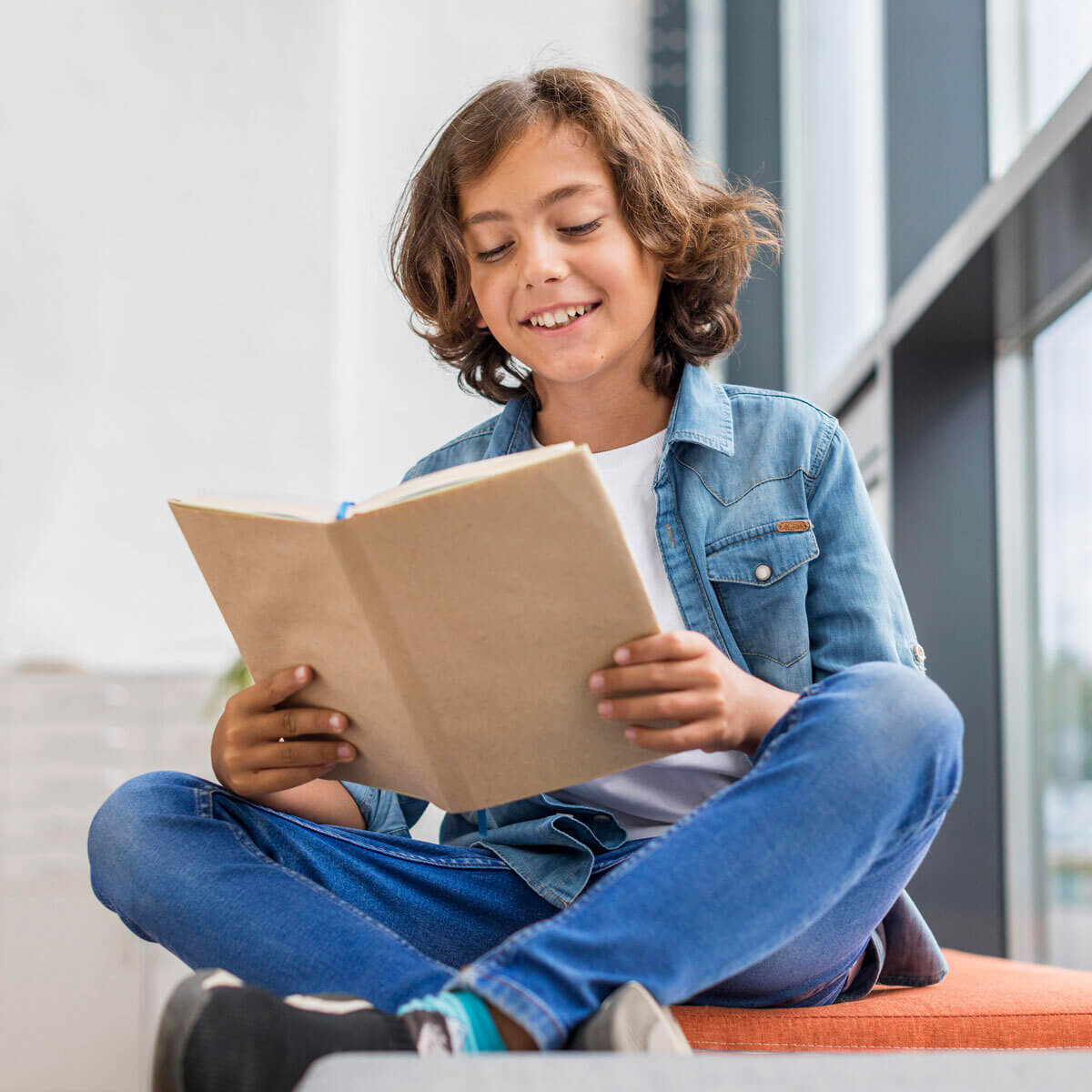
Nearly every student in the U.S. experienced some type of disrupted learning as a result of COVID-19. For some, remote learning was short-lived. For others, full-time, in-person learning will happen for the first time this fall since March 2020. Regardless of whether students were in-person or remote last school year, recently published test scores show that many students were impacted by the instructional shifts of the last 18 months. Now schools and districts are tasked with re-engaging students and building up their stamina and motivation to ensure that the unfinished learning of the last year is not only recovered but accelerated.
Discussions of how schools re-engage their students and build back stamina consistently focus on integrating social-emotional learning into schools’ curricula as students return to in-person instruction. Other important topics for back to school include students’ and teachers’ mental health, (re)building connections and relationships, providing opportunities for communication, and ensuring consistency in the classroom.
The following articles share ideas and suggestions for how schools, administrators, and teachers can welcome students back into the classroom, meet their social, emotional and academic needs, and set them up for a successful school year.
What Students Will Need as the Year Begins
In her recent article, Lori Desautels writes about why and how the emotional and mental health of students and educators should be prioritized for the new school year. She focuses on the importance of connections—between educators, between teachers and students, and among students themselves—and developing classroom cultures that provide consistent routines and activities throughout the day.
Desautels asks educators to “acknowledge the adversity and trauma students have experienced and find new ways of repairing, leading, teaching, and living life with the emotional, mental, and physiological well-being that is the birthright of every human being.”
Some practical takeaways from Desautels’ article include:

11 Strategies for Facing This Year’s Classroom Challenges
This Education Week article asks the question: What do you think will be some of the challenges for teachers who might be returning to the physical classroom for the first time in a year and a half, and what are your ideas for how they can best handle them? Four educators—including a classroom-based special education teacher, superintendent, instructional coach, and director of curriculum and instruction—share their answers, which highlight the importance of balancing social and emotional learning with academic learning to help students readjust, re-engage, and build back the stamina necessary to learn.

Steps for Collective Well-Being in the New Year
In her article, author Marieke van Woerkom’s back-to-school focus is on rebuilding connections and creating a classroom environment in which all students feel a sense of belonging. With an awareness of the educational inequity that exists in schools, van Woerkom suggests a model of education that “elevates all students” and creates “an environment that supports collective well-being.”
Her ideas for building these connections and creating these classrooms include:




